Gleratti, G, Martinez-Vicente, V, Atwood, EC, Simis, SGH and Jackson, T 2024 Validation of full resolution remote sensing reflectance from Sentinel-3 OLCI across optical gradients in moderately turbid transitional waters. Frontiers in Remote Sensing, 5. 10.3389/frsen.2024.1359709
Preview |
Text
frsen-05-1359709 (1).pdf - Published Version Available under License Creative Commons Attribution. Download (4MB) | Preview |
Abstract/Summary
Estuarine and coastal transitional waters present a challenge for the interpretation of radiometric remote sensing. Neighbouring water masses have strongly contrasting optical properties at small spatial scales. Adjacency of land adds optical contaminations (adjacency effect) and further complicates satellite use in near-shore waters. In these areas, the lack of in situ observations has been the bottleneck for the characterisation of the uncertainty of satellite products. Radiometric underway measurements (e.g., ferries, ships of opportunity, autonomous vehicles) produce large volumes of in situ observations that can be used for radiometric validation. In this study, we evaluate the performance of the POLYMER atmospheric correction algorithm for the Ocean and Land Colour Instrument (OLCI) onboard Sentinel-3 (S3) for the retrieval of remote sensing reflectance R rs (λ) in the transitional waters of Plymouth, United Kingdom using hyperspectral radiometric underway measurements. We explored the effect of the selection of time window, averaged areas around the in situ measurement and quality control flags into the matchup procedure. We selected matchups only within 1 pixel and ±30 min of the satellite overpass. Accuracy (RMSD) decreased spectrally from blue to red wavelengths (from 0.0015 to 0.00025 sr −1 ) and bias (Median Percentage Difference) was mostly positive (up to more than 100%) in relation to in situ observations. We segregated the dataset with respect to optical water types and distance to shore. Although no statistically significant difference was observed among those factors on the measures of performance for the reflectance retrieval, RMSD was the most sensitive metric. Our study highlights the potential to use OLCI full resolution imagery in nearshore areas and the need for more in situ data to be collected in the more turbid waters.
| Item Type: | Publication - Article |
|---|---|
| Additional Keywords: | reflectance, matchup, validation, Sentinel-3 OLCI, atmospheric correction, coastal waters |
| Divisions: | Plymouth Marine Laboratory > Science Areas > Earth Observation Science and Applications (expired) |
| Depositing User: | S Hawkins |
| Date made live: | 24 Jul 2025 11:57 |
| Last Modified: | 28 Jul 2025 09:15 |
| URI: | https://plymsea.ac.uk/id/eprint/10469 |
Actions (login required)
 |
View Item |


 Tools
Tools Tools
Tools